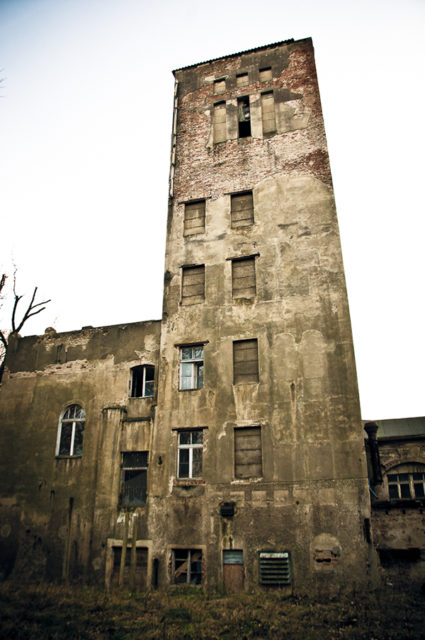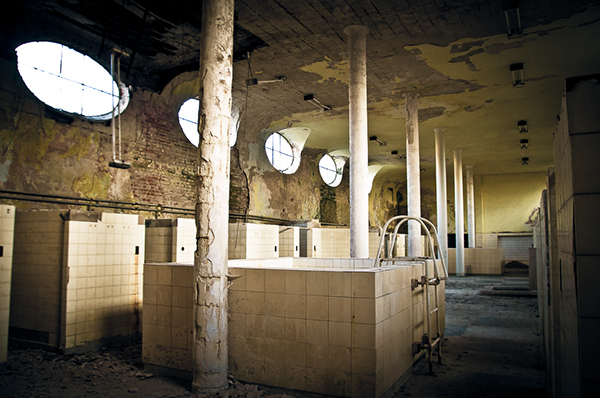In 1867, the Dresden district of Weisser Hirsch saw the creation of the Fridabad baths which offered a variety of water treatments combined with good, clean air and beautiful scenery.
Theodore Lenet was the founder of these baths, naming them for his daughter, Frida. Many people were attracted to the baths in the second half of the 19th century.
Heinrich Lahmann, a doctor and naturopath, used to visit Fridabad baths quite often during his vacations. In his opinion, the environmental conditions and the spa procedures were all beneficial to a person’s health and recovery.
In 1875, the Dresden district received the status of a “climatic resort.” However, Fridabad went bankrupt in 1883.
The place was empty until 1887 when Dr. Heinrich Lahmann decided to rent the baths and turn them into a sanitorium and spa complex. It was an ambitious plan as he was only 27 years old at the time.
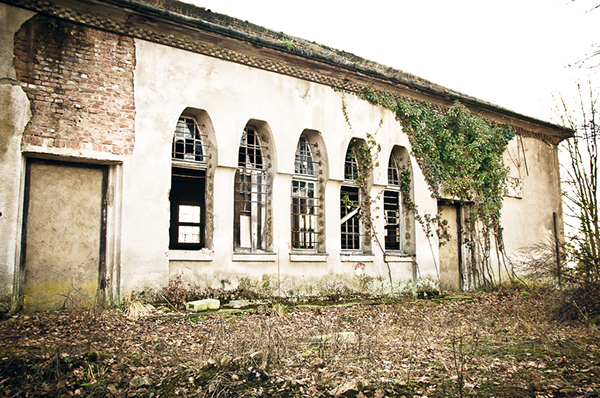
Dr. Heinrich Lahmann Sanatorium
The baths in Dresden were opened on January 1, 1888, and by September of that year, Heinrich Lahmann was able to purchase the site outright. The total area of the complex was 36,000 square meters (almost nine acres).
The resort immediately became very popular. Initially, Lahmann employed only ten people, but he had to hire more employees and expand the sanatorium itself to keep up with demand.
Only wealthy people could afford a vacation in his health resort, and in 1913, about 7,416 people from Russia, Asia, and Europe visited the Lahmann sanatorium.
Dr. Lahmann followed his own principles in treating patients. The basis of his treatment included naturopathic methods since he had conducted research in this area.
His sanatorium was deliberately constructed to act as a spa as much as a sanitorium, so visitors used the baths, had water treatments and massages, and took lots of walks in the fresh air.
The food offered at the sanatorium included a large variety of vegetables and a lot of water. Dr. Lahmann did a lot of research on human metabolism so that he could develop special dietary foods and nutritional supplements.
For several years, a nutrition researcher called Ragnar Berg was employed in this sanatorium. The work he did there helped Berg in his later research to develop a theory of acid-base balance in the body that is affected by diet. His work in this area is still relevant today.
Dr. Lahmann referred to his unique style of treatment as “physiatry.” Many of these principles can be seen in modern rehabilitative medicine.
Visitors came to Lahmann’s sanatorium for different purposes. Many people simply wanted to lose weight but some complained of chronic psychosomatic problems.
Psychotherapeutic measures were taken to improve the condition of such patients. Patients with tuberculosis and sexually transmitted diseases were not admitted to the sanatorium.
As the number of patients visiting the resort grew, Lahmann decided to buy or build additional villas to accommodate them. He managed to secure ten more villas near the sanatorium, one of which became home to his own family.
Dr. Lahmann passed away in 1905, and the family ran the business for two years, after which they appointed a new chief physician. Ernst von Daring was hired from 1907 to 1911.
After him, the chief doctor was Heinrich Kraft, who worked there until 1918. He was there when, in August 1914, the First World War took its toll on the sanatorium.
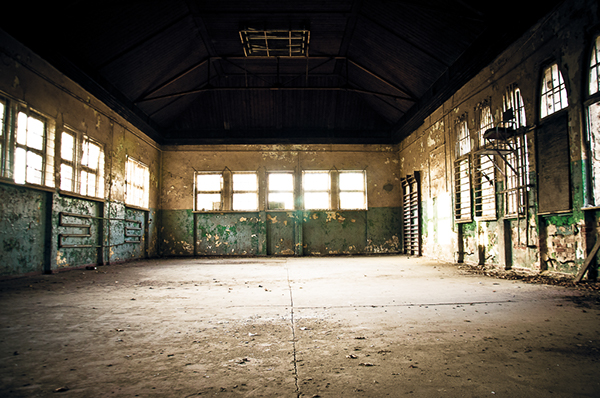
World War I
In August 1914, almost all the visitors immediately left the resort as residents of countries hostile to Germany were forbidden to attend a German spa.
The sanatorium emptied, and in 1914, it was turned into a military hospital for the German Red Cross. Until 1918, there were about 150 wounded soldiers being treated in the complex.
After the First World War, in 1919, the owners of the sanatorium decided to take up their previous business once more.
However, they did not achieve the same number of visitors as before, managing only to attract about 3,000 people instead of the previous peak of 7,000 visitors.
In 1921, the sanatorium merged with several other spa facilities and administration was passed over to the city of Dresden.
In the 1920s, minor repairs were made: the lobby was rebuilt, as was the kitchen, and the dining room was expanded.
Although its numbers were lower than before, the resort was still visited by nobles from around the world, as well as various celebrities from the aristocracy.
World War II and Soviet time
The commencement of World War II saw the sanatorium being turned back into a military hospital for soldiers and those convalescing from the effects of war.
In 1945, the Soviet army confiscated the complex on the orders of the Soviet military administration in Germany.
The former sanatorium received a different name – Stadtkrankenhaus Weißer Hirsch. The number of employees at that time was 116, and the premises were sometimes used to house refugees whose homes had been bombed.
The sanatorium also served as a military hospital for the Soviet armed forces until 1991, when the USSR collapsed.
That year, the Soviet army abandoned the sanatorium and left it in a dilapidated state. As a result, it was closed down completely.
The buildings remained empty for several years after that. Then, in 1996, the Augustin Munich College acquired the complex with the intention of creating a care home for the elderly or a European research and wellness center.
However, the cost of restoration and additional construction that would be needed to achieve these aims was so high that the project had to be abandoned.
It didn’t help that there were also listed buildings on site that had regulations limiting their use and development.
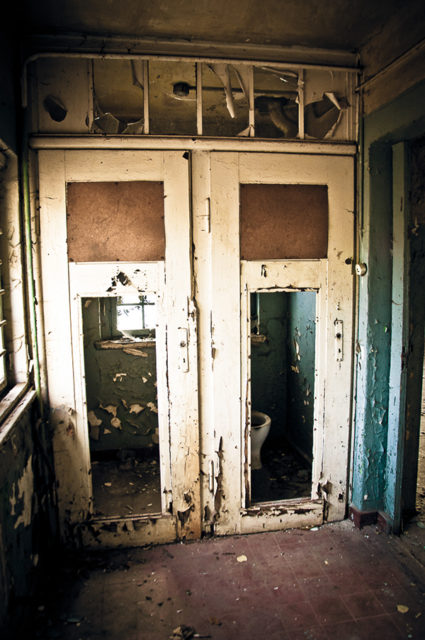
Dr. Lahmann Park – Baywobau property developers
In early 2011, the entire complex was acquired by Baywobau in order to transform the former sanatorium into a high-quality residential park with houses.
Some of the existing buildings would be preserved and the area would be named after Dr. Lahmann himself.
It was anticipated that houses and residential villas would be located on 16,000 square meters (about four acres) of land.
Construction began in mid-2013 after the site had been cleaned. Five buildings, including the women’s and men’s baths and the doctor’s house, were renovated and converted into residential buildings.
These homes are now up for sale. Photos and prices can be found on the official website of the company Baywobau Dresden.
Dana Junghanß, or Danatur, the owner of the photographs below, kindly gave us her permission to share them with our readers. Dana is not only a photographer but she is also a graphic and web-designer with ten years’ experience.
She lives in Dülmen, Germany and you should check her Behance profile via this link. Here is her website in case you would like to contact Dana.
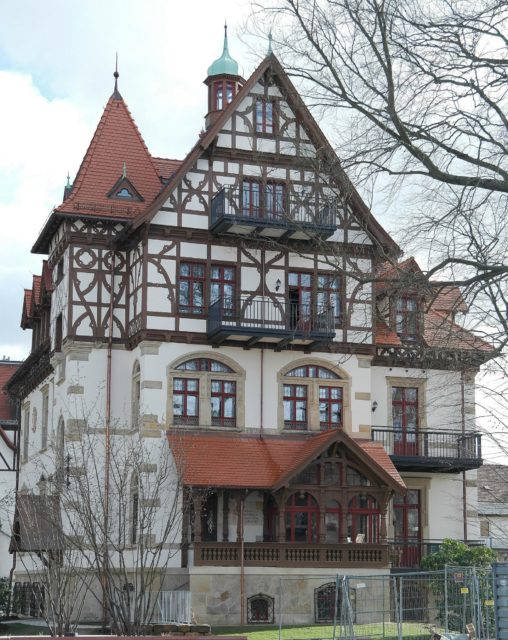
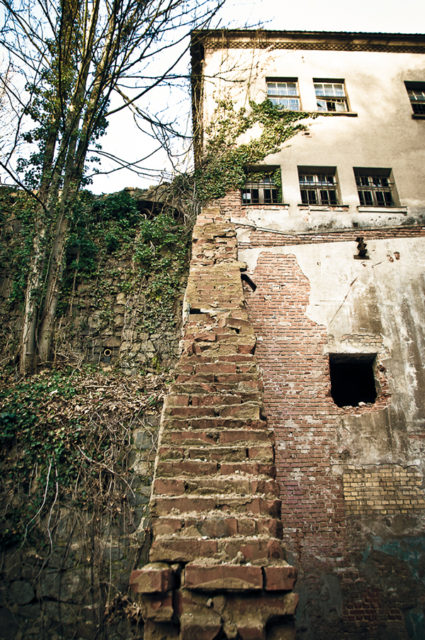
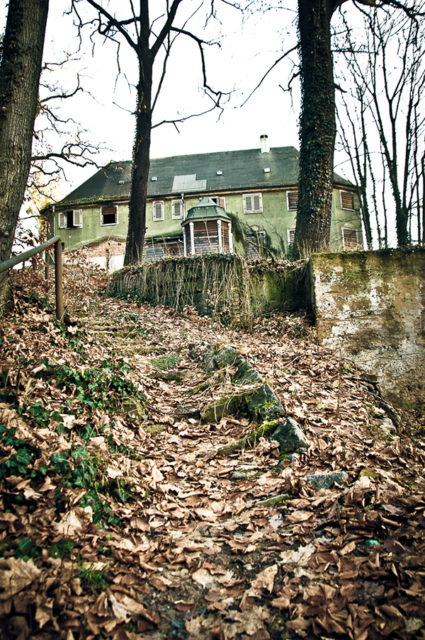
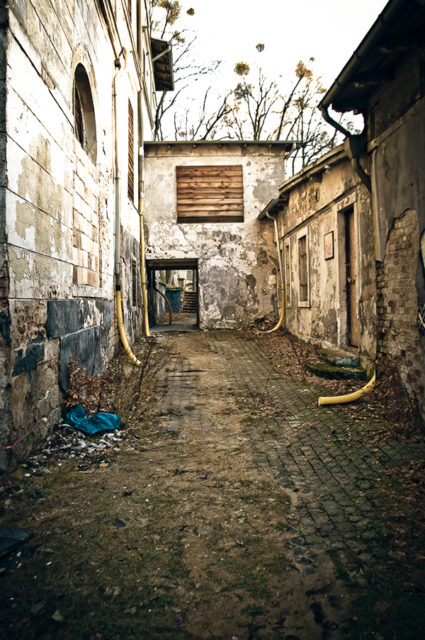
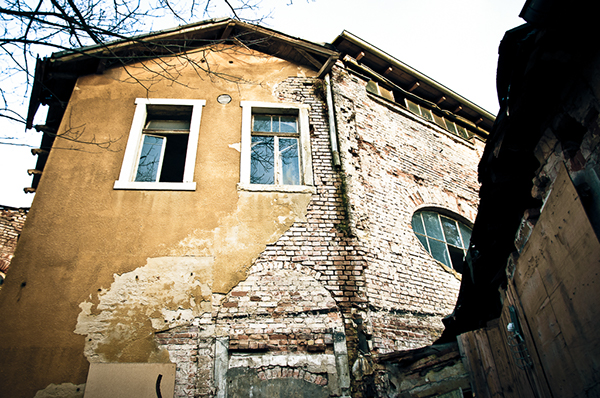
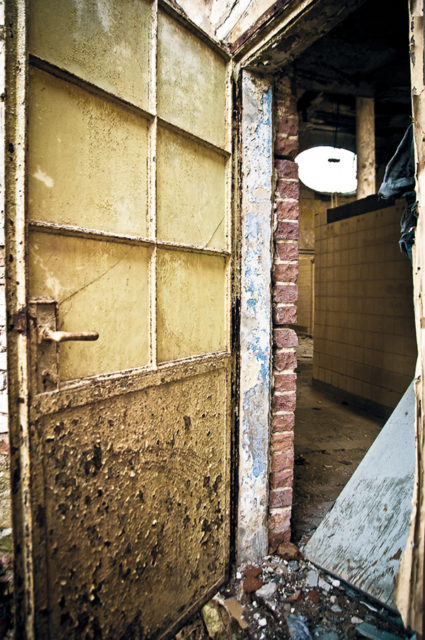
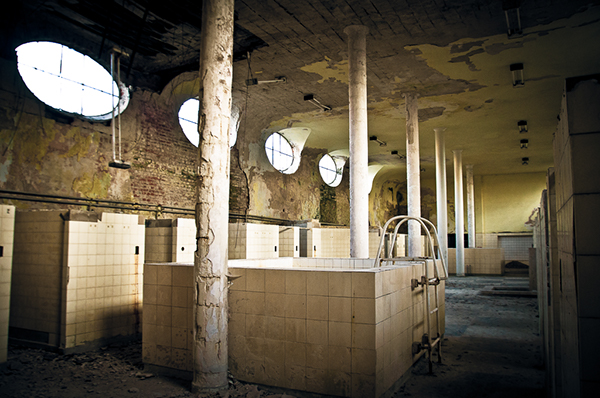
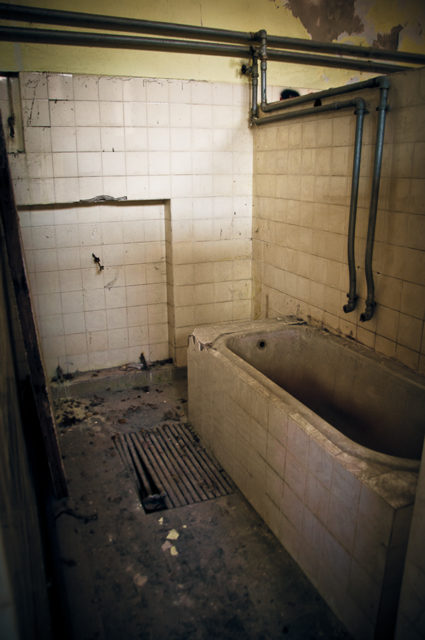
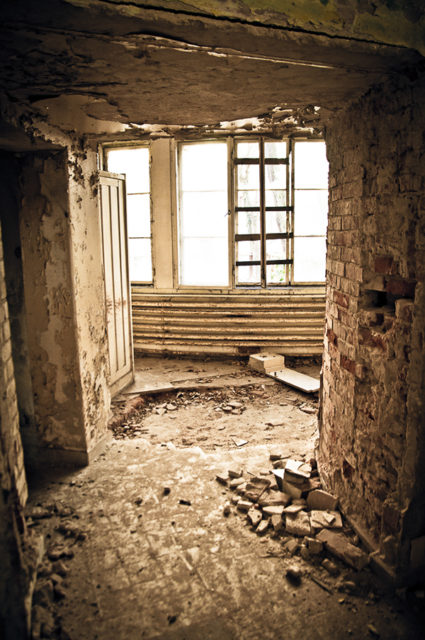
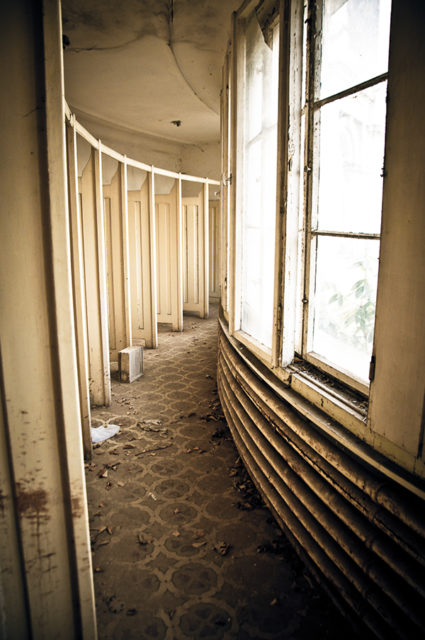
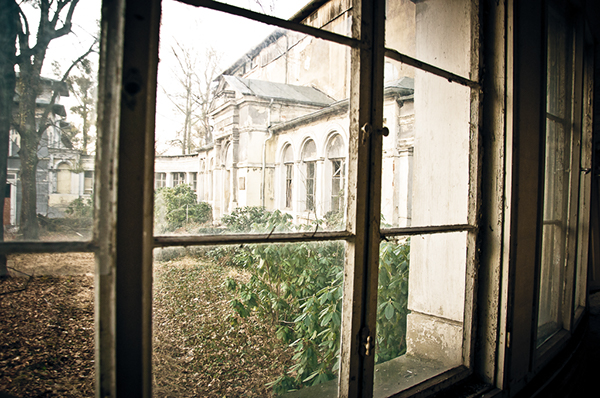
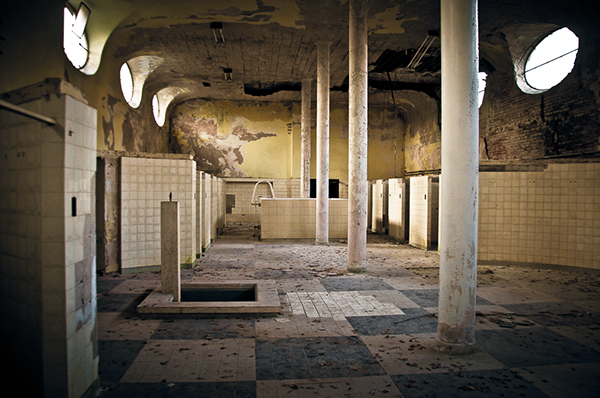
Former Ghost Town Is Back To Life – Valdeluz, Spain
